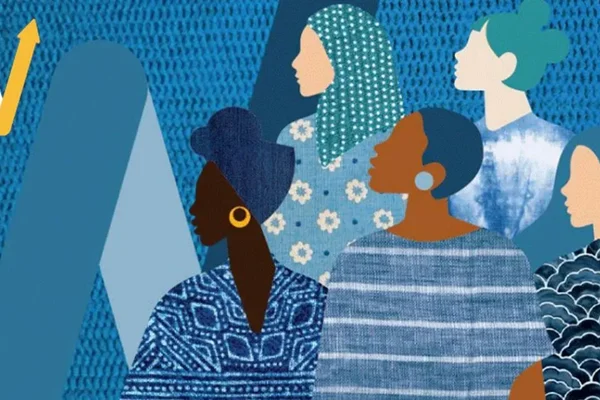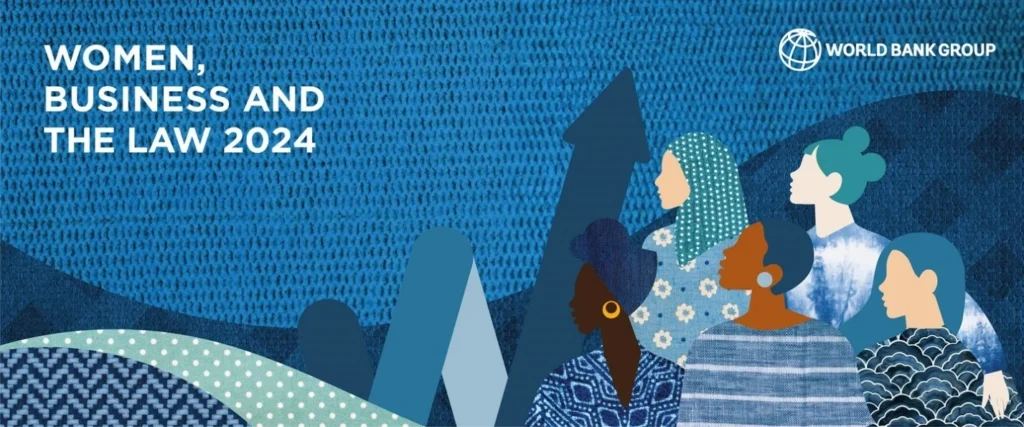Recently, the World Bank released 1oth edition of its Women, Business, and Law Index.
About the Women, Business, and Law Index:
- The index measures the legal gap between men and women across 190 countries.
- It assesses laws and regulations at different stages of a woman’s life, from the workplace to retirement.
- It includes 10 indicators: safety, mobility, workplace, pay, marriage, parenthood, childcare, entrepreneurship, assets, and pension.
- It measures not just the gap in laws on paper but also in their implementation and reality.
Key Findings of the Index:
- The World Bank’s Women, Business and Law Index shows that India’s ranking has improved, now standing at 113 out of 190 countries.
- Globally, women’s legal rights represent just about two-thirds of those available to men in the workplace.
- In India, women enjoy only 60% of the legal rights compared to men, which is below the global average of 64.2%.
- When it comes to pay disparity, women globally earn only 77 cents for every dollar paid to men.
- There are less than 20% of economies that have adopted enforcement mechanisms to address the pay gap.
- The report highlights that nearly all economies, including India, performed poorly in areas of Safety and Childcare.
- Women globally are found to have only a third of the legal protection they need from issues like domestic violence, sexual harassment, child marriage, and femicide.
- Additionally, women spend nearly 2.4 hours more per day on unpaid care work than men, a significant portion of which involves childcare.
- Despite the overall low scores, India performs better than its South Asian counterparts, where women enjoy only 45.9% of the legal protections compared to men.
- However, India’s performance is lower when it comes to supportive frameworks, with only 54.2% of such frameworks established, which is still above the global average of 39.5%.
- The addition of safety and childcare indicators has moved India up in the ranking from its previous position.
- Despite a constant score of 74.4% since 2021, India’s ranking has seen a decline from 122nd in 2021 to 126th in the 2023 index.
- The index notes that no country has achieved a full score, indicating that no country ensures complete legal rights equality between men and women.
- The economic impact of closing the global legal rights gap could raise the global GDP by more than 20%.
- The female labour force participation rate in India is much lower than in advanced economies, standing at 37% in 2022-23, compared to just over 50% in OECD countries.
Recommendations:
- Expand maternity and paternity leave provisions.
- Enact a legal mandate for equal pay and lift restrictions on women’s work in industrial jobs.
- Implement legally binding quotas for women on corporate boards.
- Ensure equal retirement benefits for women, accounting for childcare-related work absences.
Ref:Source
| UPSC IAS Preparation Resources | |
| Current Affairs Analysis | Topperspedia |
| GS Shots | Simply Explained |
| Daily Flash Cards | Daily Quiz |



